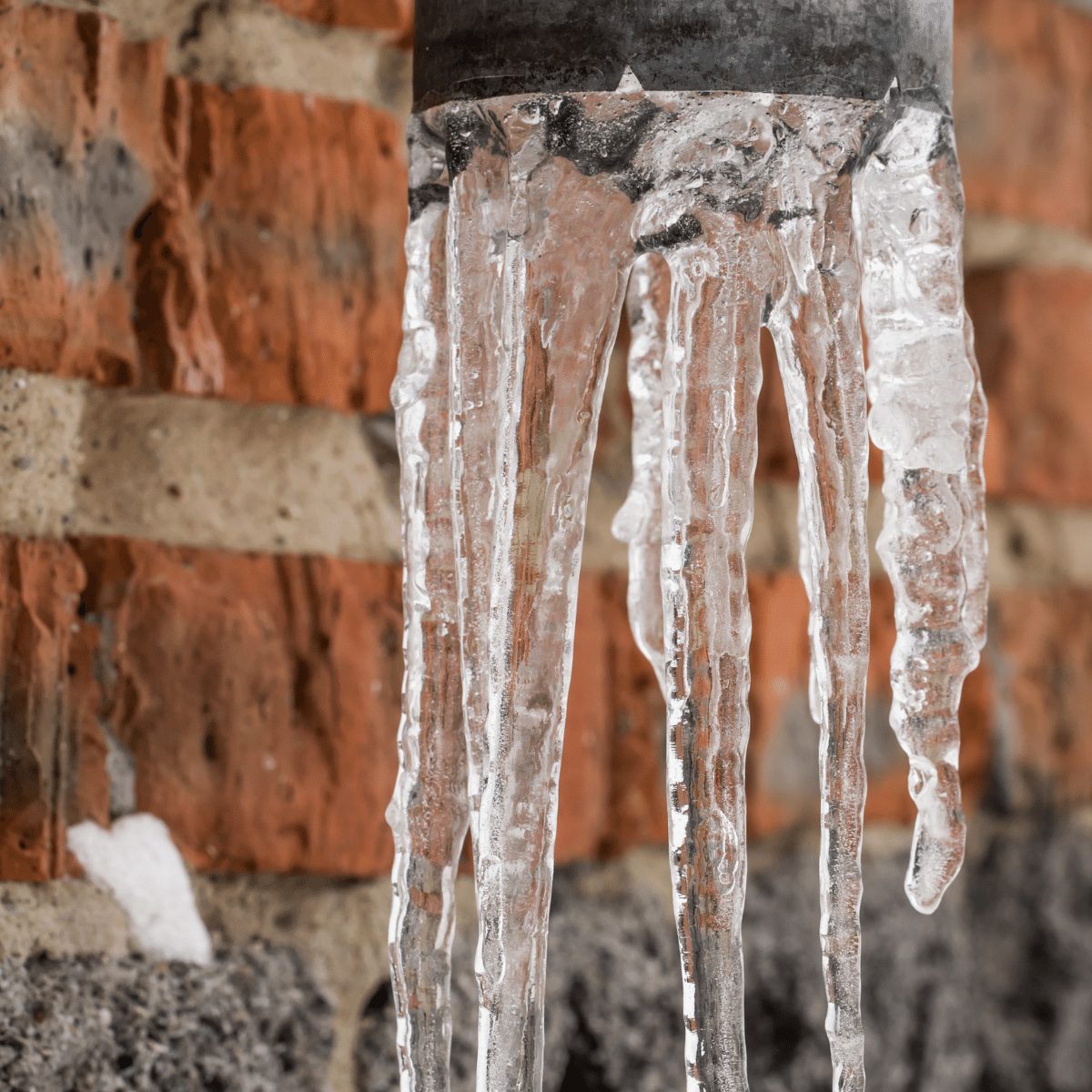Important Advice to Avoid Frozen Plumbing in Winter: Expert Guidance
Important Advice to Avoid Frozen Plumbing in Winter: Expert Guidance
Blog Article
The content below relating to 6 Ways to Prevent Frozen Pipes is immensely interesting. You should give it a look.

Winter can ruin your pipes, especially by freezing pipes. Below's exactly how to stop it from taking place and what to do if it does.
Intro
As temperature levels decrease, the danger of frozen pipelines rises, potentially resulting in pricey repair work and water damages. Understanding just how to avoid icy pipes is crucial for property owners in cold environments.
Recognizing Icy Pipelines
What creates pipes to freeze?
Pipelines ice up when exposed to temperatures listed below 32 ° F (0 ° C) for expanded periods. As water inside the pipelines ices up, it increases, taxing the pipe wall surfaces and possibly creating them to rupture.
Risks and problems
Icy pipelines can cause water supply disturbances, building damage, and expensive fixings. Ruptured pipelines can flood homes and cause comprehensive structural damage.
Signs of Frozen Pipeline
Determining icy pipelines early can avoid them from breaking.
Just how to determine icy pipelines
Look for lowered water flow from faucets, unusual smells or sounds from pipes, and noticeable frost on subjected pipes.
Prevention Tips
Protecting at risk pipes
Wrap pipelines in insulation sleeves or use warm tape to secure them from freezing temperature levels. Concentrate on pipelines in unheated or exterior areas of the home.
Heating strategies
Keep indoor rooms effectively warmed, particularly locations with plumbing. Open up closet doors to permit cozy air to flow around pipes under sinks.
Securing Exterior Pipes
Yard tubes and exterior faucets
Disconnect and drain pipes garden tubes prior to winter months. Install frost-proof faucets or cover outside taps with protected caps.
What to Do If Your Pipes Freeze
Immediate actions to take
If you believe frozen pipes, maintain taps open up to relieve stress as the ice thaws. Utilize a hairdryer or towels taken in warm water to thaw pipelines slowly.
Long-Term Solutions
Structural modifications
Consider rerouting pipelines far from exterior walls or unheated locations. Add additional insulation to attics, cellars, and crawl spaces.
Upgrading insulation
Invest in high-quality insulation for pipes, attic rooms, and wall surfaces. Proper insulation aids keep regular temperatures and reduces the threat of frozen pipelines.
Final thought
Avoiding icy pipes calls for positive actions and quick actions. By understanding the reasons, indicators, and preventive measures, house owners can protect their plumbing throughout cold weather.
5 Ways to Prevent Frozen Pipes
Drain Outdoor Faucets and Disconnect Hoses
First, close the shut-off valve that controls the flow of water in the pipe to your outdoor faucet. Then, head outside to disconnect and drain your hose and open the outdoor faucet to allow the water to completely drain out of the line. Turn off the faucet when done. Finally, head back to the shut-off valve and drain the remaining water inside the pipe into a bucket or container. Additionally, if you have a home irrigation system, you should consider hiring an expert to clear the system of water each year.
Insulate Pipes
One of the best and most cost-effective methods for preventing frozen water pipes is to wrap your pipes with insulation. This is especially important for areas in your home that aren’t exposed to heat, such as an attic. We suggest using foam sleeves, which can typically be found at your local hardware store.
Keep Heat Running at 65
Your pipes are located inside your walls, and the temperature there is much colder than the rest of the house. To prevent your pipes from freezing, The Insurance Information Institute suggests that you keep your home heated to at least 65 degrees, even when traveling. You may want to invest in smart devices that can keep an eye on the temperature in your home while you’re away.
Leave Water Dripping
Moving water — even a small trickle — can prevent ice from forming inside your pipes. When freezing temps are imminent, start a drip of water from all faucets that serve exposed pipes. Leaving a few faucets running will also help relieve pressure inside the pipes and help prevent a rupture if the water inside freezes.
Open Cupboard Doors
Warm your kitchen and bathroom pipes by opening cupboards and vanities. You should also leave your interior doors ajar to help warm air circulate evenly throughout your home.

I ran across that blog entry about Preventing and dealing with frozen pipes when doing a search on the web. Those who liked our blog posting plz do not forget to pass it around. Bless you for being here. Kindly visit our blog back soon.
Contact Us Today Report this page